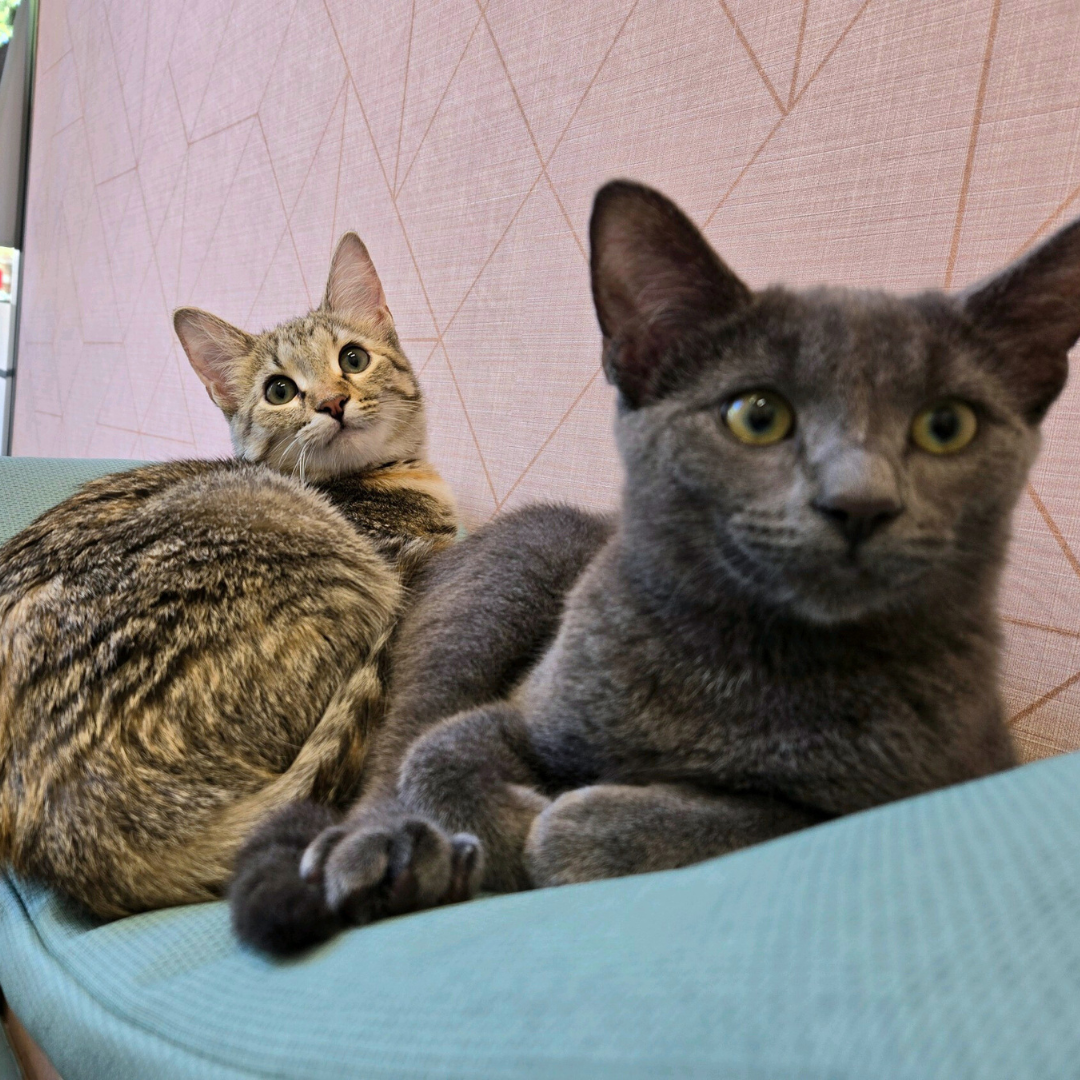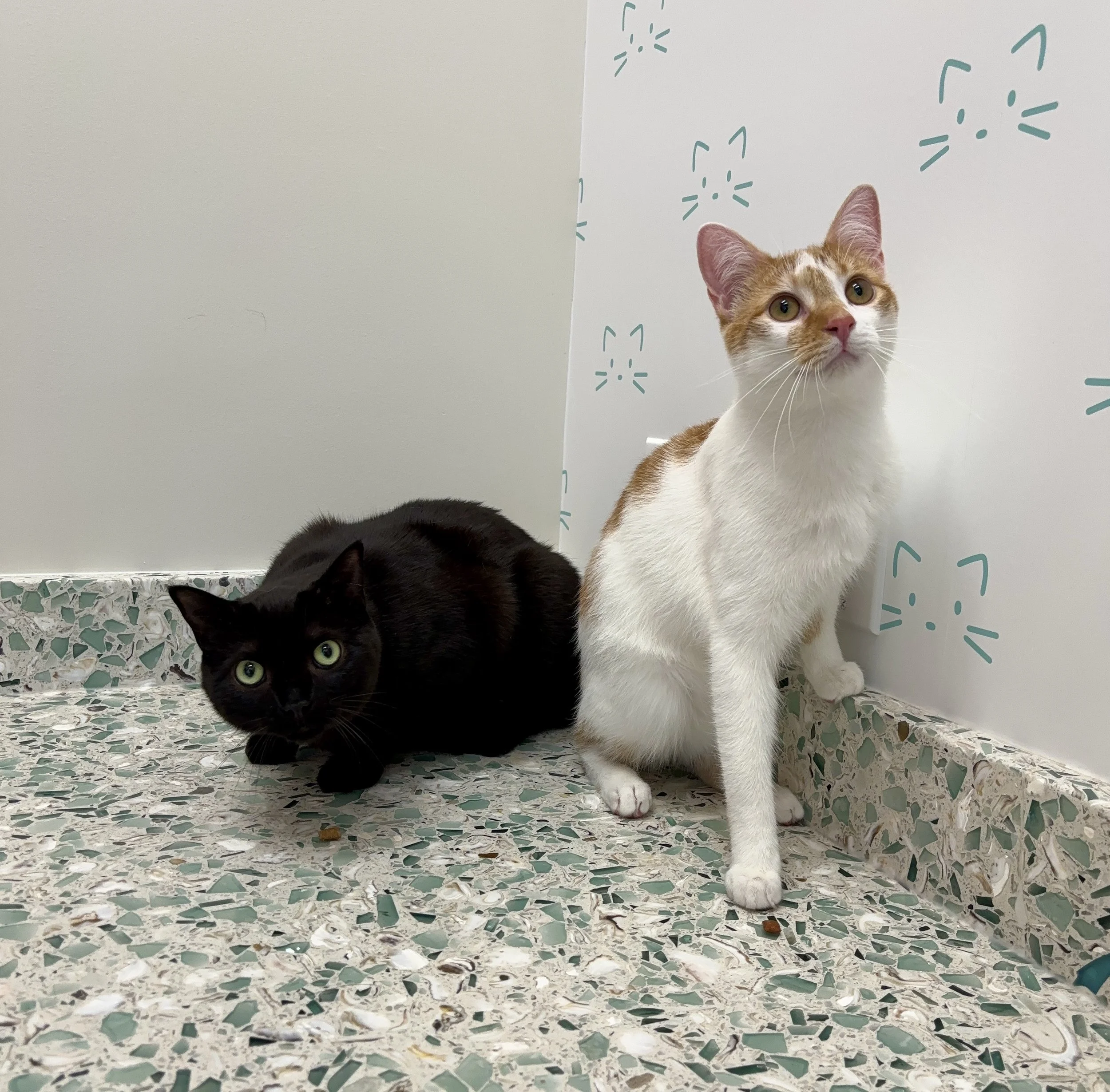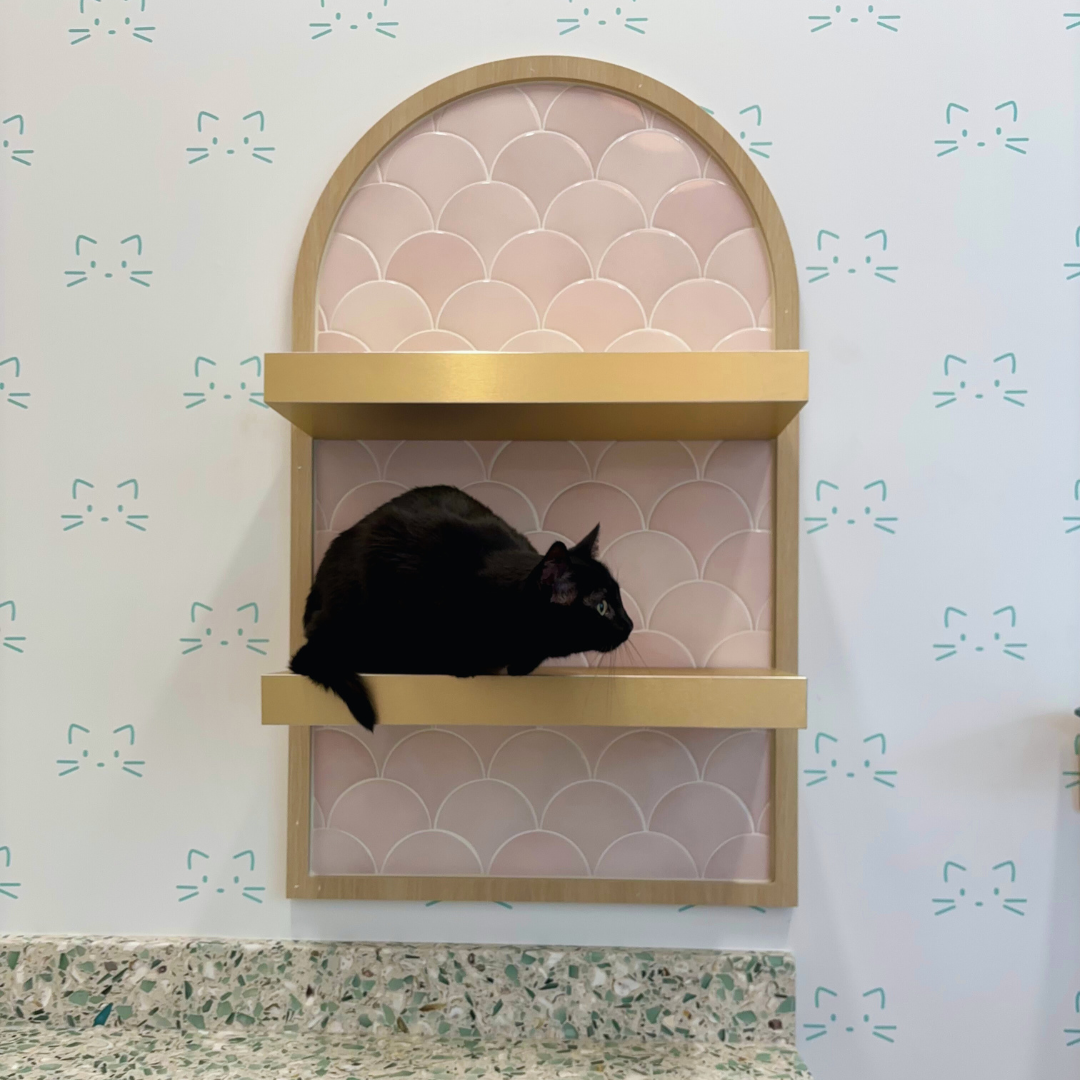How to Tell If Your Cat Does Not Like Other Cats
Friends and Felines,
Thinking of introducing your resident royalty to another cat? Here are some things to make note of before you begin. It’s imperative to be mindful of your cat’s needs and boundaries to ensure a harmonious home life for your kitty!
Signs Your Cat Does Like Other Cats
Mutual Grooming
They happily groom one another.
Sleeping Together
They frequently sleep close to each other, sometimes facing each other or with their bodies touching.
Friendly Approaches
When they approach each other, their tails are upright and they typically touch noses or rub their heads or sides.
Balanced Play
The play is reciprocal, with each cat taking turns to chase the other. If one cat is always the chaser, it's not really play.
Initiating Interaction
Either cat can start an interaction.
Indicators of Stress in Cats
Prolonged Eye Contact
One cat may intensely watch the other, particularly when the other cat is in motion.
Resource Guarding
This includes protecting or blocking access to essentials like food, water, beds, litter boxes, or toys.
Avoidance Behavior
Cats may keep their distance from each other or hide to avoid a confrontation.
Vocal Warnings
These can include low growls or hisses directed at the other cat.
Reluctance to Enter Certain Areas
A cat might refuse to enter a room if the other cat is already there. This is particularly concerning if the room contains essential items such as food, water, a litter box, a bed, or a safe place to rest or hide.
Alterations in Routine Behaviors
Signs can include changes like not eating, becoming less active, sleeping poorly, excessive grooming, scratching, urine marking, or avoiding the litter box.
More Noticeable Stress Indicators Include:
Cornering or Pursuing
One cat traps, follows, or stalks another.
Physical Interaction
Biting, hitting, or clawing.
Aggressive Behavior
This includes hissing, growling, chasing, hitting, and pinning.
Body Postures
An arched back (like the "Halloween pose"), raised fur, a crouched stance, an intense stare, flattened ears, and a swishing or puffed tail.
Not every behavior listed is a cause of concern if it happens infrequently. Also, if the kitties are happy to see each other later on, it’s likely not a serious issue. It’s alright if the cats choose to separate for a bit - independence is healthy anyway! However, if you notice these signs happening frequently, and more importantly, escalating contact us. We can work with you on a treatment plan that makes sense for you and your cat(s).
Learn more about cat behavior at Cat Friendly Homes.
We hope you find these tips useful and that they help keep your cats happy and healthy. Contact us with any questions you may have or to schedule a visit. We’re always here for you and your cats!
Always at Their Service,
The BLVD Cat Team



